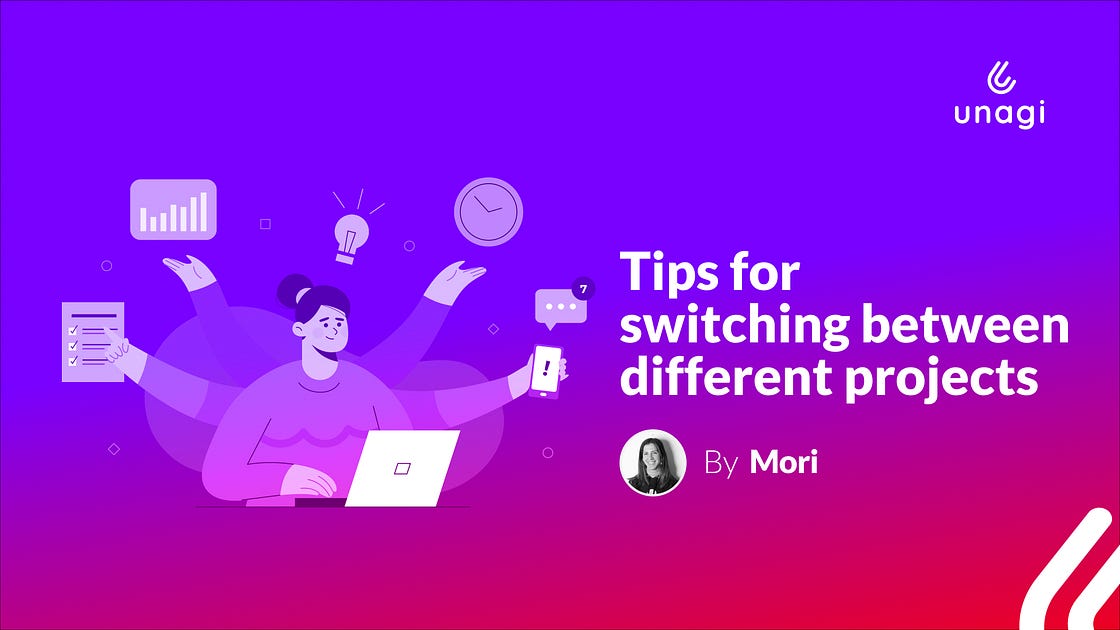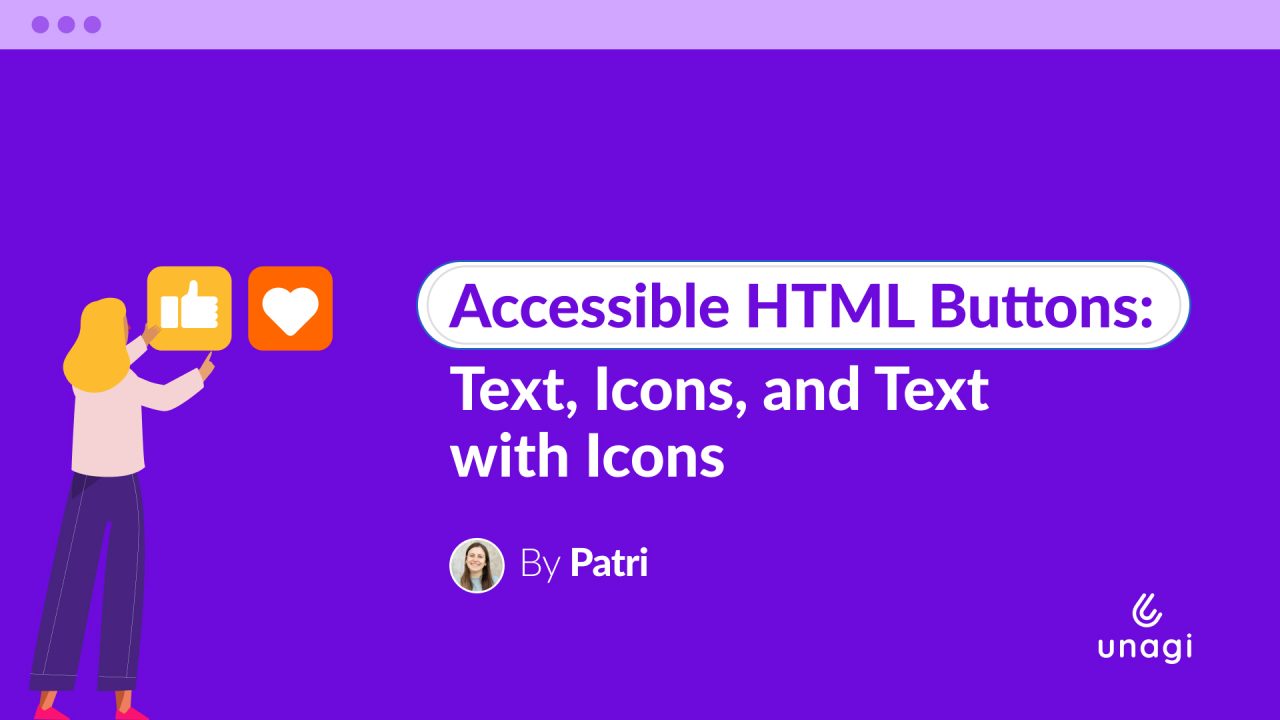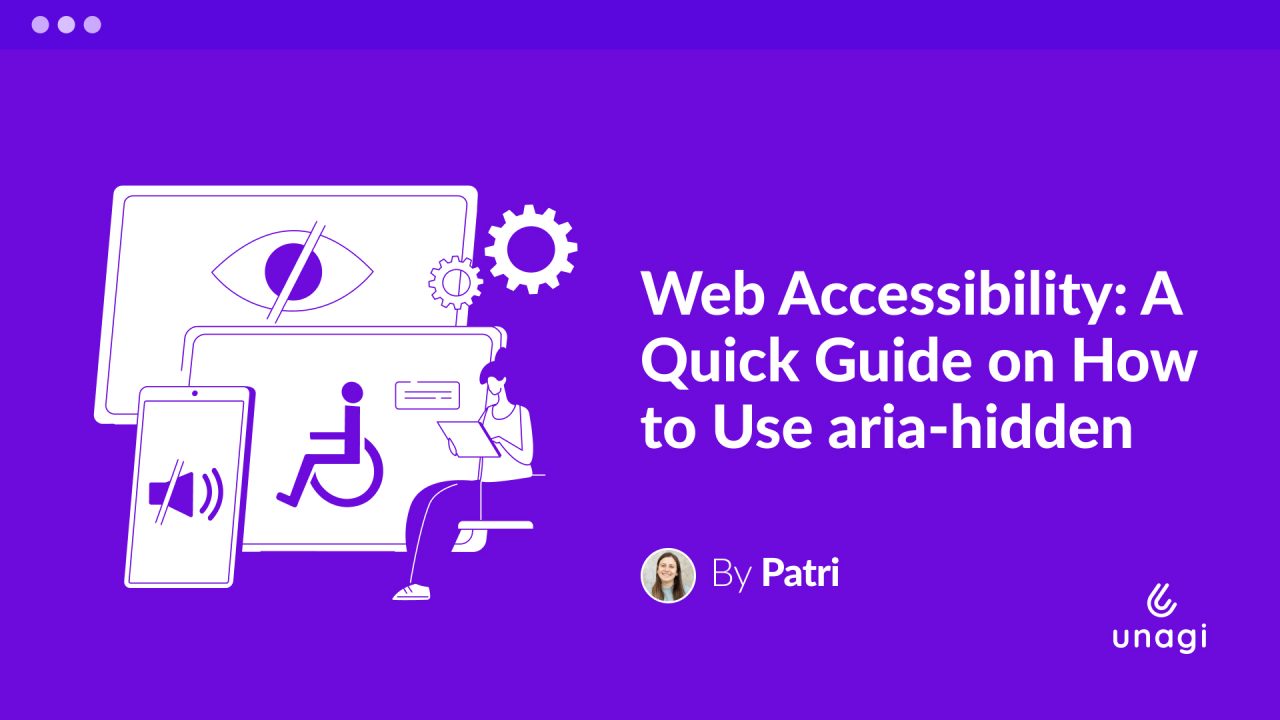
If you work as a developer, designer or project manager, I´m pretty sure you’ve lived, or will live, the experience of switching from one project to another, feeling unproductive and collapsed for not being able to organise effectively. In this article, I will share some tips that helped me organise better and prevent burnout during the process 🤯
In my case, I work on two projects (part-time each) with different time zones, client expectations, team dynamics, domains and scope. As you may see, this is interesting, but also challenging because each one is its own unique world. As most of the characteristics differ, my role does too, in terms of what is needed from my side.
Initially, it may seem chaotic, but with the right tools to facilitate context switching, it becomes enriching because you can acquire things from one and continuously bring them to the other.
Let me share with you some tips that helped me organise better and feel productive in both of them:
- Understand the needs of each project. Who are the stakeholders involved? What are the client’s expectations? How involved is the client in the day-to-day work? What is the scope size? What characteristics does the team have? What level of complexity does the app have? Answering these questions is vital in determining what is needed from your role.
- Calendar as an ally. Organise the agenda, so projects don’t overlap. We might not be able to organise our schedule as we would like to when depending on others, but using time blocks helps a lot. For instance, if you have the weekly for project A on Tuesday mornings, consider dedicating the entire morning to that project, or even better, the whole day.
- Turn off notifications. It can be tempting to open every new notification, but unless it’s urgent, leave it for later. Besides, lots of apps offer personalized notifications, so you can fit them into your preference.

- Less chats, more tasks. At Unagi, we value asynchronism in order to respect each other’s time. Incorporating the habit of writing tasks with deadlines, instead of chatting with people, is beneficial not just for your mental health, but also for the project’s documentation.
- Delegate when necessary. As you have to divide your time, you can’t be in charge of everything, every time. Everyone you work with should know how many hours you dedicate to the project. Then, you must be able to delegate things when you are unavailable.
- Standardise as much as possible. If there’s one limited thing, it’s time ⏳. This is why it’s key to have most of the processes standardised, so you don’t have to spend energy (and time) organising stuff repeatedly. Project management platforms (such as Basecamp, Click-up, and Jira), collaborative tools (Mural, Miro), and standardized templates (like Textblaze) can be very useful.
- Keep track of everything. You can’t rely on your memory. When you work on multiple projects simultaneously, it’s essential to register every task you have. In my case, I used to write them in my notepad, but everything got mixed and misunderstood, so I started to register them on Basecamp (the current project management tool I use). It was a great improvement because I could assign deadlines, organise them better and expand on the details. Regarding the last point, I recommend “exaggerating” the description of tasks. Trust me, when you write them they might feel clear, but if you don’t add a complete description with the whole context, you probably won’t understand anything later.
These tips may sound simple, but implementing them can be helpful. Though it won’t solve everything, it will contribute to better time management. Plus, your brain will thank you for it! 😅
Have you ever had the experience of working on multiple projects? What was it like? I would love to read about your experience in the comments 🙂

